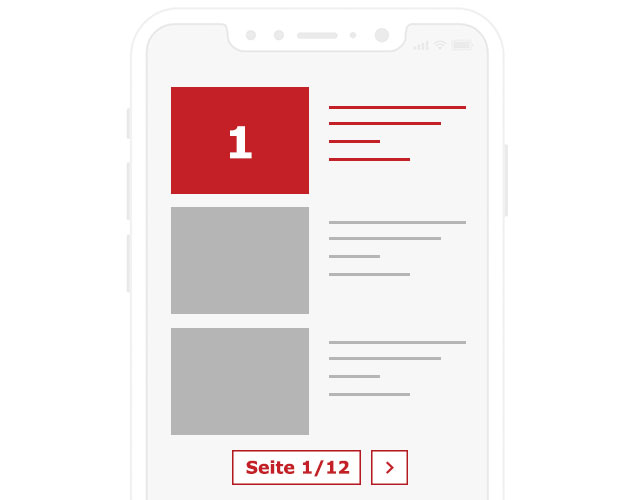is a companion
suitable as school horse/pony
Reliable for trail riding
US
Page-1-Ad

US
US
US
US
US
US
US
US
US
US
US
US
US
US
US
US
US
US
US
US
Minnesota has a history of producing smart and successful horses. Could your dream horse be awaiting you among the horses for sale in Minnesota? Wherever you are in the world, start your search on the ehorses website by using the country and radius filters. You also use a zip code to help your search. Add other criteria, such as the age, height, gender, color, and capabilities of your ideal horse. Then, browse the selection of horses for sale in Minnesota – it’s as easy as that. Love Quarter Horses and Thoroughbreds? These two are the most searched-for breeds and most bought horses in Minnesota. It’s estimated that there are around 41,000 Quarter Horses and 20,000 Thoroughbreds in this state.
Do you have a horse for sale? Whether you are a private seller, a breeder or a trainer, ehorses can find the perfect owner for your horse. The website is user-friendly, so in a few easy steps, you can reach buyers all over the world. Follow the checklist for an advertisement, and remember that the ehorses team is ready to help.
With 145,727 horses, Minnesota ranks 18th in the state horse population of the USA. 29,000 households in Minnesota own a horse. A massive 680,000 households contain horse enthusiasts. They also contribute to the economy through lessons, active participation in training, managing equine facilities, and working as volunteers. Altogether, it is estimated that the Minnesota horse industry directly contributes $541 million to the state’s economy and sustains over 15,000 jobs. There are three main equine sectors. The first is recreational riding, which contributes $341 million and 7,181 jobs. The second sector is competitive riding, which contributes 7,666 jobs and $366 million to the state economy. Racing has always been popular in Minnesota. This is the third sector, providing 2,044 jobs and a adding $123 million to the state’s economy. When all equine and equestrian contributions are considered, including support industries, the horse economy contributes $1 billion and sustains 21,039 jobs.
Standardbred and Thoroughbred Racing
Like many Midwest and Northern states, Minnesota has always been home to many enthusiastic supporters of trotting and pacing races. The Thoroughbreds was the horse of choice. County shows and state fairs hosted trotting and pacing events in the latter part of the nineteenth century. Thoroughbred racing arrived relatively late, and was inaugurated at locations such as Hamline. The Twin City Jockey Club of Minnesota and St Paul was set up in 1889.
Racing on ice
Minnesota can experience extremely hard, snowy winters. When horses provided the main transport, people drove carriages in summer and sleighs in winter. Ice racing developed in Minnesota and other Northern states as a popular winter sport. The “Twin Cities”, Minneapolis and St Paul, both hosted trotting races on ice. The vehicles used were either lightweight sleighs with high runners or wheeled sulky vehicles. Some of the trotting horses were descendants of Dan Patch, the famous pacing stallion. Dan Patch was also often seen drawing his owner in a sleigh around Minneapolis, though he did not race on the ice.
In 1935, the Minnesota Horse Council was founded under its original name of the Minnesota Saddle Horse Owners & Breeders' Association. The organization was originally closely involved with Minnesota State Fair, where it represented Minnesota’s horse owners. By the 1960s, with leisure horse riding on the increase, the Council began to promote recreational trails and facilities for riders. The Council now provides education and support to riders. Equestrian activities benefit from the University of Minnesota, which treats and rehabs Minnesota’s equestrian athletes.
Trail riding, dressage, English hunter/jumper, and Western pleasure are all popular in Minnesota. Draft horse classes are popular, too, as draft breeds once contributed greatly to the economy of this grain-producing state. Horse racing at Canterbury Park in Shakopee offers some of the best prize money in American racing.
The famous Standardbred Pacer Dan Patch was foaled in Idaho, yet Minnesota also claims him. The horse’s owner, Manley E. Sturges sold Dan Patch to Minnesota businessman Marion Willis Savage in 1902. Savage paid $60,000 for the horse, an incredible sum at the time. Dan Patch lived like a king in a stable known as the Taj Mahal on Savage’s farm. During his time in Savage’s ownership, Dan Patch was Champion Harness Horse of the World. Savage and Dan Patch died within a day of each other in 1916. A Minnesota military horse has gone down in history as “the Smartest Horse in the U.S. Army.” In 1921, Whiskey, a horse that many found too hard to handle, was assigned to Lt. William Reuben Hazelrigg at Fort Snelling, Minnesota. Hazelrigg taught Whiskey to play polo, jump, and perform numerous tricks. When Whiskey died in 1943, his grave was marked with a memorial stone.
Minnesota is a Midwestern state, in the Great Lakes region. Lake Superior lies to the east, and Canada to the north. Its capital is St Paul. Minnesota’s population is 5.64 million.